
Urban Planning & Development

87 books







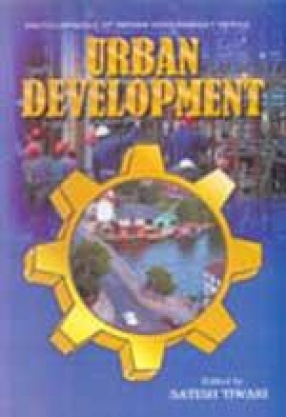


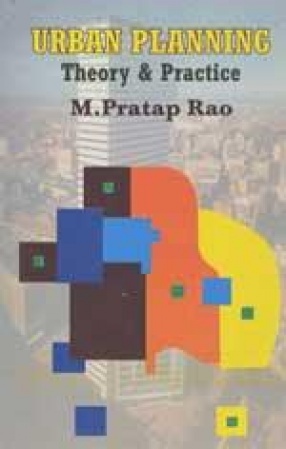


This book is an endeavour to bring out some issues which were thought relevant in the past but today they have grown in important even more.
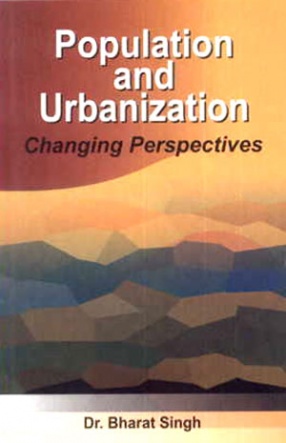
Populations have doubled in many countries over the last 20-30 years. Now with new affluence and education of women both rates have dropped but have they dropped enough. With large number of women entering their child-bearing years we encounter population momentum the population of the world and particularly in areas like India Sub-Saharan Africa and Latin America will continue to grow at alarming rates. To impose our values and our technology on peoples of ...

Decentralised vision and governance are destined to shape the quality of local development of our country. These avowed objectives of the 73rd and 74th Amendments of the Constitution of India have yet to take desired shape on a variety of reasons including our inability to put in place proper devolution as enshrined in Article 243G and Article 243W. The absence of defined areas of planning of the local bodies and its presentation formats has been plaguing the ...

Asian economies have now become increasingly important as the focus of development has now shifted from the developed to the developing countries. Now it is some of the key Asian countries which seem to be generally driving the engines of growth in the otherwise recessionary environment across the globe, India and China in particular. This book also looks at some of the other important countries in the Asian region like Philippines, Vietnam, Pakistan, Bangladesh ...

Land is the most important resource, upon which all human activity is based since time immemorial, is land. It is a primary resource and its utilization has always been the focal theme in understanding the historical development of various civilizations in the world. Increasing the load of the billions of population, the importance of studies and research on land utilization have become an urgent need to reduce the regional imbalances n development and to attain ...


Mumbai's Metropolitan Region covers over 4,000 sq km and is home to over 22 million people. The dynamics of the Metropolitan Regionthe spatial and economic relations between its different neighborhoodsremain in flux. For instance, over one million people commute to Navi Mumbai everydaya phenomenon that could not have been predicted as recently as ten years ago. Thus, this points to the responsibility of architects, landscape architects, and planners ...

Urban land policy is a part of urban development policy and must be viewed within the framework of general development policies. One of the goals of development policies is to mobilize the resources of a country in order to achieve socio-economic objectives. The basic goal of urban land policy is to achieve the socioeconomic maximization of land-use.The difficulty of establishing a land policy results from the nature of urban land. Land is both one of the natural ...

The aims of his analyze the impact of urban growth in North Eastern Region – Manipur with special reference to Imphal city. The Impact of urbanization in rural life, the interaction between the rural and the urban ways of life and the impact of urbanization in the structural aspect of society in general are some of the important dimensions of urban studies. Urbanization is comparatively a recent phenomenon in North Eastern state like Manipur. But the study ...
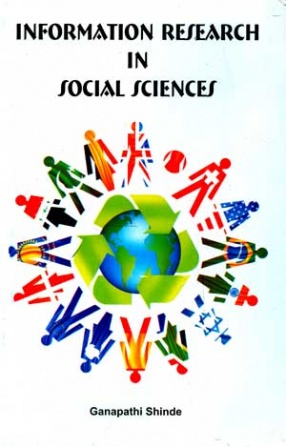
Information is the basic necessity of mankind and is a valuable input for research. The book explores the role of various information resource in supporting research in social sciences. This book will help in understanding of the awareness, use, availability, usefulness and problems of specify types of primary, secondary, tertiary sources and human, institutional social and mass media including non-bibliographic in print and electronic form among social ...

Papers presented at the All-India Seminar on Regional Development and Planning, held at Mysore during 9-11 October 1967.

The Planning Commission has decided to prepare State Development Reports (SDRs) for all States and Union Territories of India. The objective in bringing out these reports is to provide independent quality reference documents of the development profile, set out strategies for accelerating the growth rate of States, lessen disparities and reduce poverty. The SDRs are meant to discuss the constraints and challenges facing the State and provide a vision, blueprints ...

The present book is an indepth study and analysis of the developments and complicated problems of urbanization in Orissa due to its rapid growth. Urban problems are, no doubt, common to all countries of the world. But in western countries, these problems have attracted wide attention and scrutinizing study. In India, there is no dearth of studies on local government, but these are partly sociological and partly economic. Moreover, these studies lack conceptual ...

Health and marine environment; Coastal and marine degradation; marine pollution; UNCLOS III; and Techniques of marine pollution control are the major themes, vividly x-rayed in this volume. Substantially based on the writings of learned experts in the field, this book will prove vade mecum to all the concerned.

Currently 'urbanisation' is a rapidly growing phenomenon world over. Employment, education, concentration of official activities and many more factors are responsible for this. Whereas 'City' in its pristine sense is considered an ideal place having all civic facilities, this has become utopia in the present day context. In the absence of firm will of the Govt., increasing population, concentration of industrial activities in urban areas, etc. has turned the ...

The book may be referred as urban medical anthropology. This contains a large volume of knowledge on social sciences aspects of health and health services in the Indian cities. This is a study of health behaviour of the urban slum dwellers of an Indian city in the context of various health institutions available and accessible to them. It highlights how the slum population and their cultural perceptions and meanings of various health problems are persisting in ...

The prominent features of urbanisation in India have been the increase in population, growth of slums, swelling labour force and its marginalisation, and increasing pressure on the urban space and infrastructural services. A growing need has been felt to investigate the reasons for the decay of our large cities and for the extremely unsatisfactory living conditions even in our non-metro as well as smaller and medium-sized towns. The book deals with the modes, ...

The present publication is a critical and comprehensive analysis of the process of social transformation in urban India. The publication covers Socio-historical study of Indian urbanism; Social structure of urban people; Urban centres: origin and development; Employment and occupational mobility; Slum dwellers: socio-economic profile; and Urban scenario in the 21 century etc. The book will be of immense interest to sociologists, economists, policy-makers, as well ...

With the growing urbanisation and industrialisation, the challenges facing our cities have also increased. Although the government has been undertaking several initiatives to solve the various problems, the challenges are immense. Ultimately, it is not only through government’s policies and actions, but also through the committed actions and initiatives of the community and individuals, who will refuse to turn the magnitude of the problem into an excuse for ...

Urban Planning is necessary, in any type of political set-up and economy, for organized growth and development. This book covers all the essential aspects of urban planning with case studies, specially with reference to Indian conditions. The chapters include Ancient and Modern urban planning, Planning legislation, preparation of Development plan, Housing, Traffic and transportation, Landscape design, Urban conservation and useful Planning standards. Most of the ...

When 'Bombay' became 'Mumbai', it was the culmination of a process that transformed India's first symbol of modernity and cultural diversity into an urban landscape of violent nationalism and ethnic conflict. Challenging conventional writings on Indian politics, Thomas Blom Hansen shows that the xenophobic public culture of the Indian city, specifically contemporary Mumbai, has deep roots in regional histories and contested identities. He shows how the atmosphere ...

According to the World Bank, the number of urban poor in the world will triple from the year 2000 to 1.5 billion by 2025. Nearly, one-third of all city dwellers already live in substandard housing. In a few decades, it is probable that the process of urbanisation of poverty will have gone its course in India also. Then, the situation now found in Latin America, with about 90 per cent of the poor living in urban areas, would be a fact for India too. According to ...

Rapid population growth and expansion of jobs and opportunities in the service and informal sector in cities have posed serious challenges, which are great and formidable indeed. Cities pull the rich and poor alike; offer hope, even if illusive, a chance for liberation and a new beginning. During the last two decades the urban scenario has changed enormously and the problems particularly of large cities have acquired new and complex dimensions. This book analyses ...
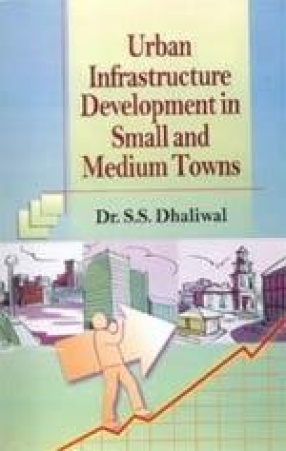
The past five decades have witnessed a phenomenal growth of urban population in India. Increased urbanisation is accompanied by severe environmental problems, which adversely affect the quality of life of the people. The major urban concern is the growing gap between the demand and supply of basic infrastructure services. The present state of affairs, of subsidized free services, needs to change and the cost of services including production, distribution debt ...
